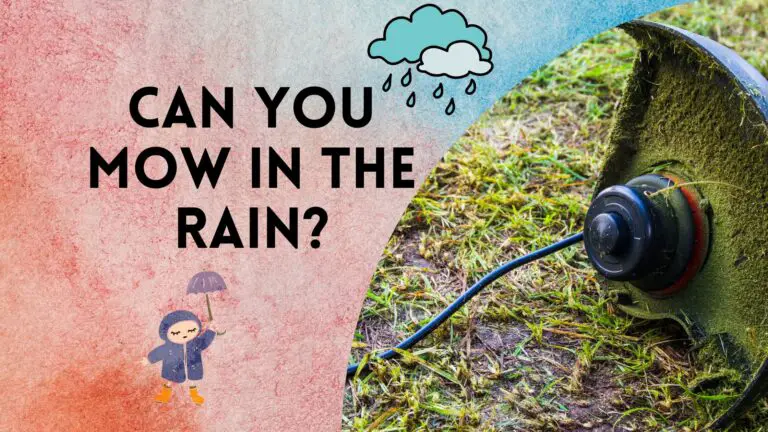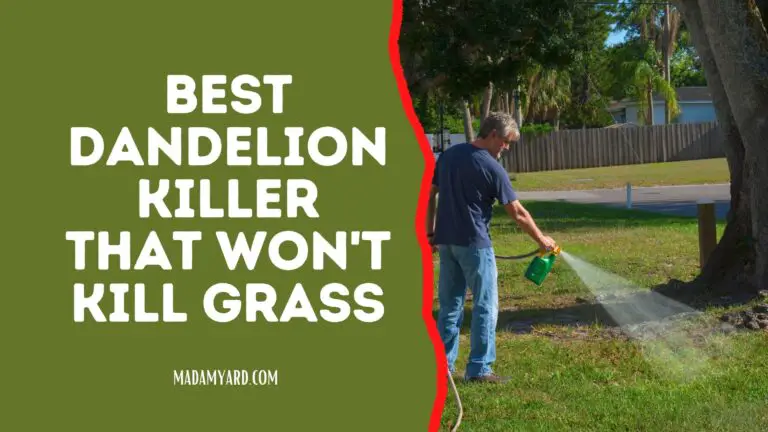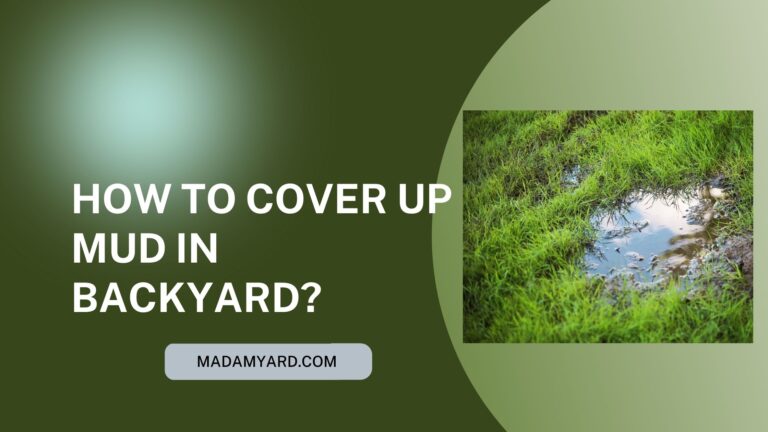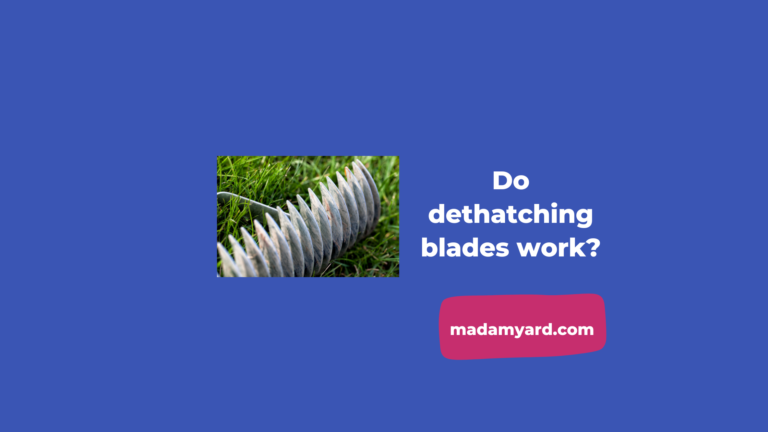How to Plant Grass Seed on Hard Dirt?
If your lawn has hard soil, you may be looking for an answer on how to plant grass seed on hard dirt.
Lawns and gardens, or at least an area where they may plant grass, are pretty popular in today’s society. As a lawn owner, you know how long and effort it takes to maintain a beautiful lawn.
Has your lawn become less productive and lively over time? Grass can grow again if you understand why this occurs and how to fix it.
To maintain the soil in your lawn rich, you may need to give it much attention. Suppose you don’t take proper care of your grass.
In that case, it may become dry and hard if it’s always exposed to the sun, which is vital for keeping the soil healthy. Keep your lawn’s soil rich by looking at the fundamental care guidelines.
Planting or growing when it turns into hard dirt is one of the most typical challenges with having a lawn. However, many products will assist you in dealing with this.
Your grass might become a hard, compacted mass if you don’t do anything about it. I’m sure you did, and I know it’s terrifying, but you’re in the perfect spot to discover the answer to your problem. How to plant grass on high dirt is something we’ll cover in this article. We’re off and running.
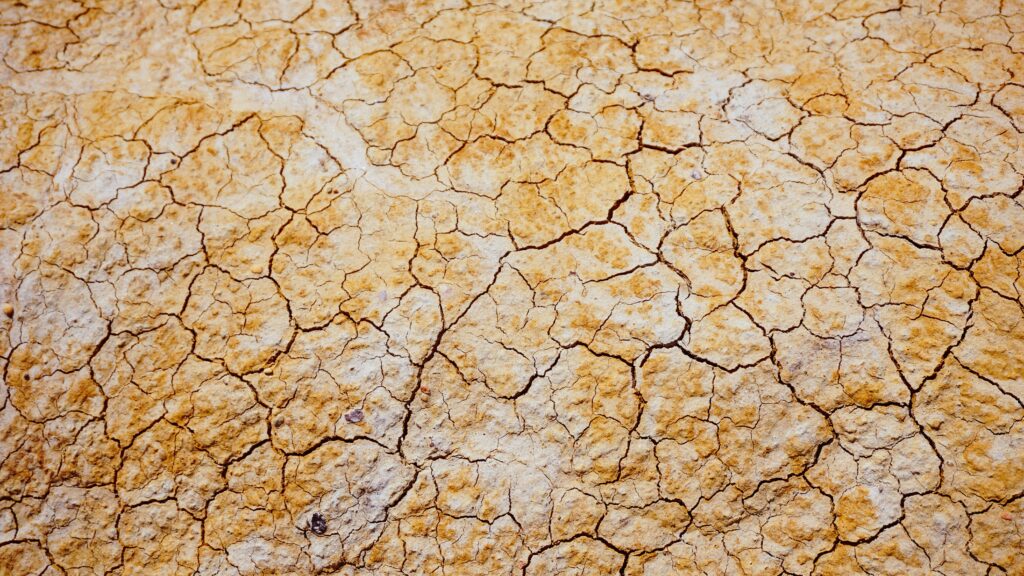
How to Plant Grass Seed on Hard Dirt?
1. Do A Soil Test
Among the most essential procedures in seeding hard earth is getting a soil test. You may do the test in any lab. Getting a soil testing result is the first step in growing grass seed onto hard earth. You’ll learn why and how your lawn’s soil becomes hard and compacted.
It’s like curing an illness by planting grass seeds on hard earth or bringing back healthy soil. Your lawn’s soil can’t be repaired without an understanding of what caused it to develop into hard dirt. A doctor can’t treat you without an understanding of what ailment you have.
Having a soil test will reveal all of your lawn’s issues and causes, so you may treat and heal your grass in the most effective manner possible.
2. Topsoil or Core Aeration
Did you even know that the most common cause of the lawn soil changing into hard soil is a lack of oxygen and sunshine in the soil? When soil hardens into hard earth, the topsoil becomes extremely hard and dry as a result. It even dries up the interior soil, resulting in a full restriction of the flow of water, sunshine, and nutrients.
How do you plant grass seed on hard earth? Or how do you ensure that all of the soil’s fundamental requirements and demands are met to avoid changing into hard dirt?
These are all questions you want an answer.
You should be aware that topsoil aeration, also known as core aeration, is one of the most critical processes in sowing grass seeds on hard earth and preserving soil fertility.
No matter how difficult your soil is experiencing or why it is changing into hard dirt, there is a fundamental need for every soil to remain fertile: frequent core aeration.
If you are planting grass seeds on the hard earth, core aeration is the second stage you need to do. It may be done manually or with the assistance of equipment. Core aeration is a soil-related procedure characterized as creating cylindrical holes in the soil to allow for the flow of water, sunshine, and nutrient supply to travel through or through the soil.
Correlation is being used to add compost to the soil. Still, it is also necessary for planting grass seeds on hard earth since the seeds would not germinate otherwise.
Aeration of the soil can accomplish using both manual and machine techniques. Dig holes at least 3 inches deep so that water, necessary nutrients, air, and sunshine can permeate the core soil.
3. Dealing with Hard Ground
Even if you’ve heard that aerating the core of the soil is essential to keeping it fertile, it isn’t always adequate. This happens when your lawn’s soil becomes so hard that you can’t even sow grass seeds on it, or even if you could, the grass won’t grow.
Your lawn’s soil must be hard enough to need something more efficient than core aeration if you want it to get the necessary sunshine, air supply, and nutrients it needs.
If the soil is hard, you need to perform core aeration deeper and more practical using the rototiller machine. A rototiller is the best method for dealing with hard soil since you don’t have to exert so much effort physically, leading to exhaustion.
4. Add Compost to The Soil
After the soil test, I’m confident you’ve figured out what your lawn’s soil is lacking. Soil testing is the first and most crucial step in seeding grass on hard ground. Because a soil test informs you what your lawn’s soil needs and what fertilizers you should apply, it is a must.
After core aeration and rototilling, composting to the soil is the next stage. Soil that has turned into hard earth is lacking in nutrients, sunshine, and air.
Thus you will need a lot more compost if you intend on sowing grass seeds on top of this soil. Add compost to the aerated soil before planting the grass seeds.
Composting the soil is critical to optimizing grass growth. Thus, pick your compost or fertilizer carefully and start mixing it in right away.
You may use any hand tool to toss compost into the soil and get started mixing it right away. Mix the compost until it reaches 10 to 18 inches below the surface.
5. Plant the Soil
The soil seeds may be planted once you have prepared your soil, but you must first evaluate your lawn’s soils to determine what sort of soil and seed can develop rapidly.
Once you’ve picked the right seeds and prepared the soil, there’s no need to worry about preventing grass from growing. The proper procedure is required to provide a healthy environment for grass seed germination. The classic adage “planting isn’t like playing” sums it up well.
As a result, we’ll teach you how to plant grass seed after you’ve gathered all of the seeds you’ll need, and then you may proceed. To get the best results, split your seeds into two equal portions and plant the first half along your mowing path and the second half perpendicular to the first.
This method may seem like a cinch for planting grass seeds on hard soil, but the results are impressive since you don’t have to put any work into it. Seeds need to be covered once they’ve been sown in the ground. Topsoil may be purchased from a trusted provider. Still, I advise that you get natural topsoil that does not include any chemicals.
6. Watering
We all know how important water is, and we can’t picture a world without it. This means that while sowing grass seeds, watering is vital and is the most critical phase in the process.
Watering is the next phase in the process after you’ve sown the seeds. The seeds have been sown in the soil, but they still require water to thrive. Take a watering can and saturate the dirt with water, but not too much or too little.
Until the seeds germinate, you’ll need to moisten the top 1 inch of soil often. Soil should be maintained moist for at least two inches after germination has begun until the grass is around 3 inches tall.
If you water twice a week after that, your plants should be OK, but remember to saturate the soil at least 6 inches deep so that the roots have a chance to develop.
7. Fertilize your grass
When you began working on your lawn, the soil was not the actual soil, hard dirt. You watered it and prepared it for the grass seeds to grow in. Still, we all understand that hard ground needs fertilizers more than anything since it lacks nutrition.
To successfully plant grass seeds in hard soil, the first step is to ensure that the seeds germinate.
Fertilizing the grass is the best way to ensure that the soil has adequate nutrients to support the development of the grass in the best possible way.
If you have sown seeds and have seen that they have begun to grow into the grass, it is time to fertilize your lawn. All that is required is to spray the fertilizer liquid and sprinkle the fertilizing powder over the lawn.
Half to one pound of fertilizer is sufficient for every 1000 square feet of lawn grass, but the amount required may vary depending on the state and demands of your lawn’s soil.
8. Mow
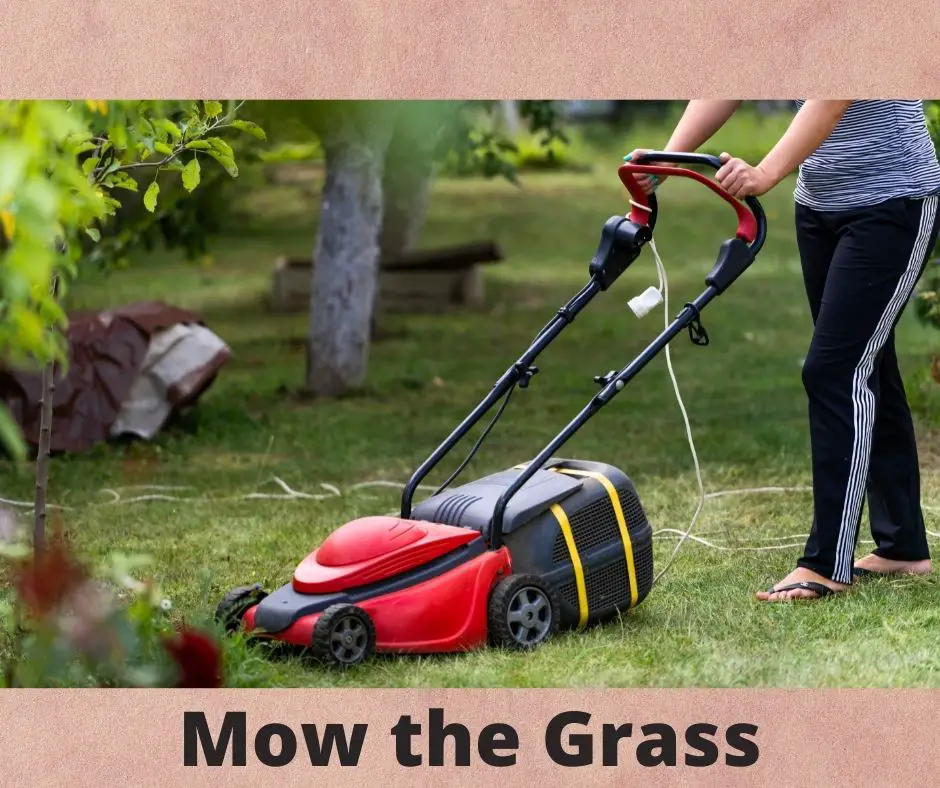
In addition to watering, mowing plays a vital role in the development of grass; most people are unaware of this fact. Mow the grass after it has grown to a height of at least 3 inches from the ground following the fertilization process.
Regular mowing not only beautifies your lawn but also helps the grass to grow better, so if you want perfect grass, you’ll have to keep up with the mowing schedule.
Mowing may be done manually or automatically, but it’s up to you to decide which method you prefer. There are a variety of hand-operated mowing tools, as well as machines that do the job for you and provide a gratifying finish. You get to make the call.
Conclusion
I hope you have found out the best way to plant grass seed on hard dirt by reading this article.
FAQs:
Is it possible for grass seeds to grow in hard soil?
The hardness of your soil will not disappear even after you have aerated it and covered it with topsoil. It will take many years for the land to become completely soft. Because of this, it is critical to select seeds that have a better likelihood of germination in hard soil.
What is the best way to soften hardened dirt?
Please make sure the soil is wet but not soggy, so it turns into the mud by using a garden sprinkler to provide moisture to the soil. Install a garden fountain in the area where you wish to soften your soil and leave it running until the earth becomes workable. (Optional) You may have to repeat this step many times.
How do you break apart large clumps of hard dirt?
Make a shallow hole at the bottom of the hole and push a garden fork into it with your foot, standing on the rear or top of the fork to push it further into the compacted dirt. The handle of the garden fork should be rocked back and forth to loosen the soil. Repeat the operation down to the bottom of a crater.
What should be added to soil to make it a little less dense?
Organic matter aids in the retention of moisture and nutrients in sandy soils and aids in the loosening of clay soils, making them less harsh and thick. If you’re growing shrubs in the raised beds, you may even include some shredded pine bark mulch into your garden soil before you start planting your shrubs.
What is the most effective soil enhancer?
Compost may be generated from various sources, including garden waste, grass trimmings, shredded newspaper, and food scraps. However, the nutritional content of leaf mold is relatively low, making it a poor soil improver. Leaf mold also makes effective use of leaves that have been cleaned from the lawn.



